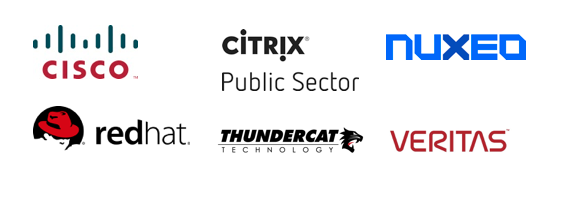If you’ve ever done a home improvement project, then you know the struggles of modernizing the old and embracing the new. Depending on the scale of your task, you may need to make continuous updates, adjust the scope, acquire new tools, hire additional help, demolish and rebuild, or manage an environment in which old and new must coexist.
In many ways, these personal projects are like the decisions government agencies face — but on a much smaller and far less bureaucratic scale. “Agencies have attempted to modernize their systems but have been stymied by a variety of factors, including resource prioritization, ability to procure services quickly, and technical issues,” according to the 2017 IT modernization report to the president.
There are also fears — both real and perceived — that change will be too hard, too messy and too uncertain. But when these hurdles hinder government employees from approving disabilities claims, administering child protective services, securing transportation systems and completing other critical tasks, the costs and risks of forgoing modernization become far too high.
That’s why government agencies must commit to updating or replacing outdated systems and processes with innovative and modern solutions. To run a more effective and efficient government, employees need modern IT that helps them meet citizen expectations and keep data and systems secure in the digital age.
In this GovLoop guide, we explore three key factors to launch and sustain a successful modernization project. They include:
• Pitching a modernization project
• Engaging partners and sustaining the project
• Reskilling employees to manage changes under IT modernization







